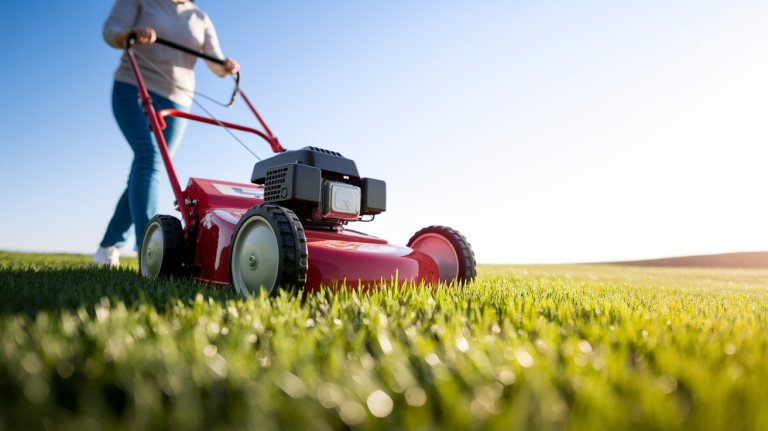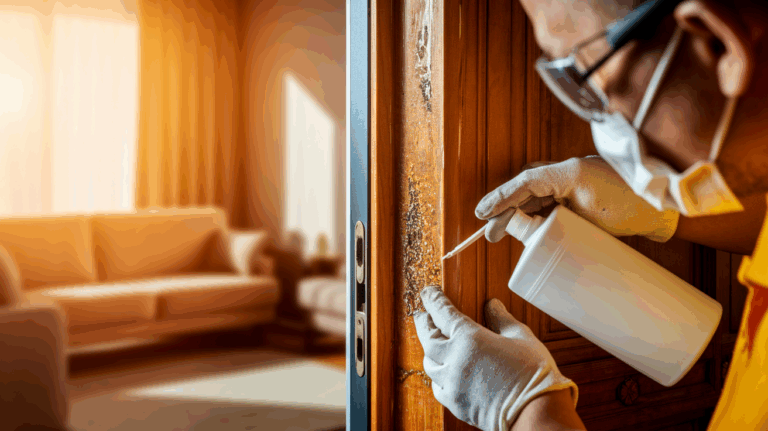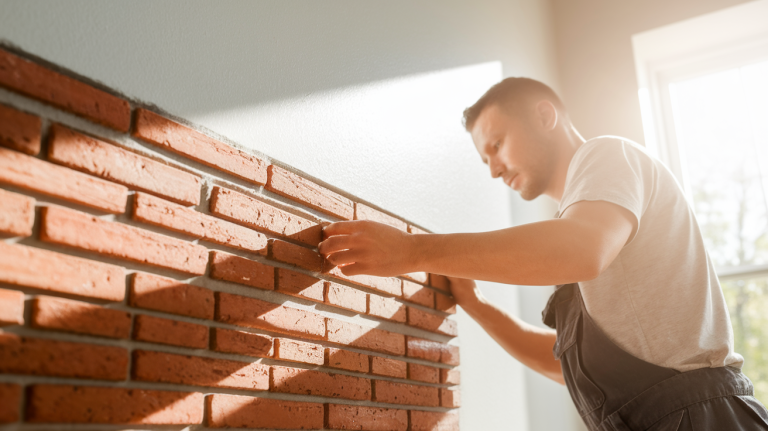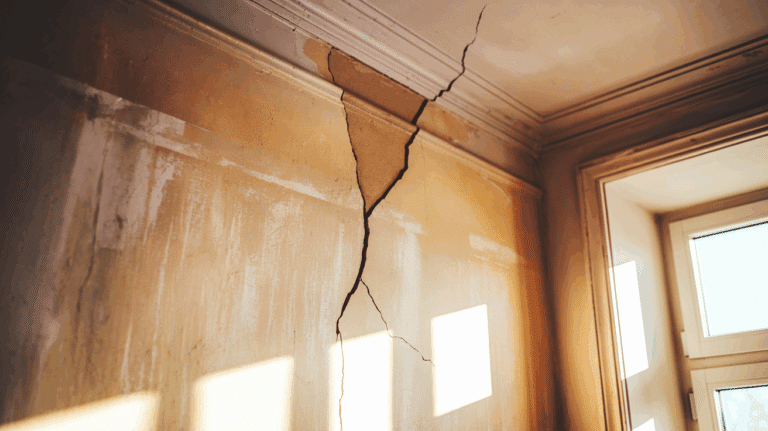How to Divert Water Away From Your House Foundation

“Water is great for gardens, but not for your foundation!” If you’ve ever seen water pooling around your home, you know it’s not a good sign.
Left unchecked, water can cause cracks, leaks, and even flooding in your basement, leading to expensive repairs.
But don’t worry, there are simple, effective ways to keep water away from your foundation.
We’ll cover easy steps like cleaning gutters, installing downspouts, and more. By the end, you’ll know how to protect your home and avoid costly water damage.
Let’s jump in and keep your foundation safe and dry!
How to Recognise Water Problems Around Your Foundation?
Recognizing water issues early can save you from costly repairs. Here are a few signs to look out for that could mean trouble:
- Standing Water: If you see puddles or pools of water around your foundation after it rains, that’s a clear sign that water is not draining away properly.
- Damp Basement: A musty smell or damp spots on the basement walls usually mean water is getting in, which can lead to mold growth.
- Cracks in the Walls: Small cracks in your foundation or walls can be caused by water seeping in and weakening the structure.
- Musty Odors: If you notice a musty, earthy smell around your foundation or in your basement, it could be a sign of trapped moisture.
How to Effectively Divert Water Away from Your Foundation?
Keeping water away from your foundation is easier than you think, and there are several effective methods to try.
Here are some of the best ways to prevent water damage:
Method 1: Gutter Maintenance
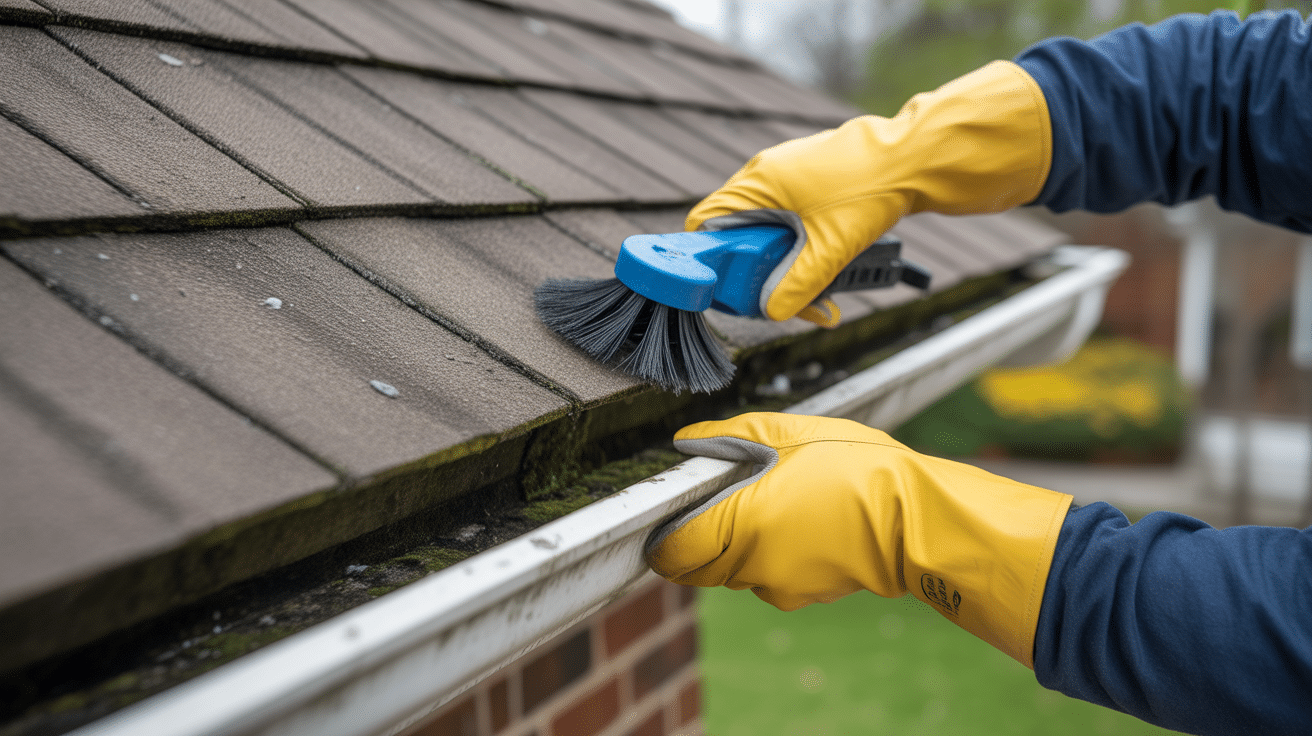
- Regular Cleaning: Clean your gutters regularly to remove leaves, twigs, and other debris. Clogged gutters prevent water from flowing properly and can cause it to overflow, running down the side of your house and towards the foundation.
- Proper Slope: Make sure your gutters are installed with a slight slope. This helps water flow toward the downspouts rather than pooling in the gutters themselves.
- Downspout Extensions: Attach extensions to your downspouts to direct water at least 5–6 feet away from the foundation. This keeps water from pooling near the base of your home, preventing potential damage.
Method 2: French Drains
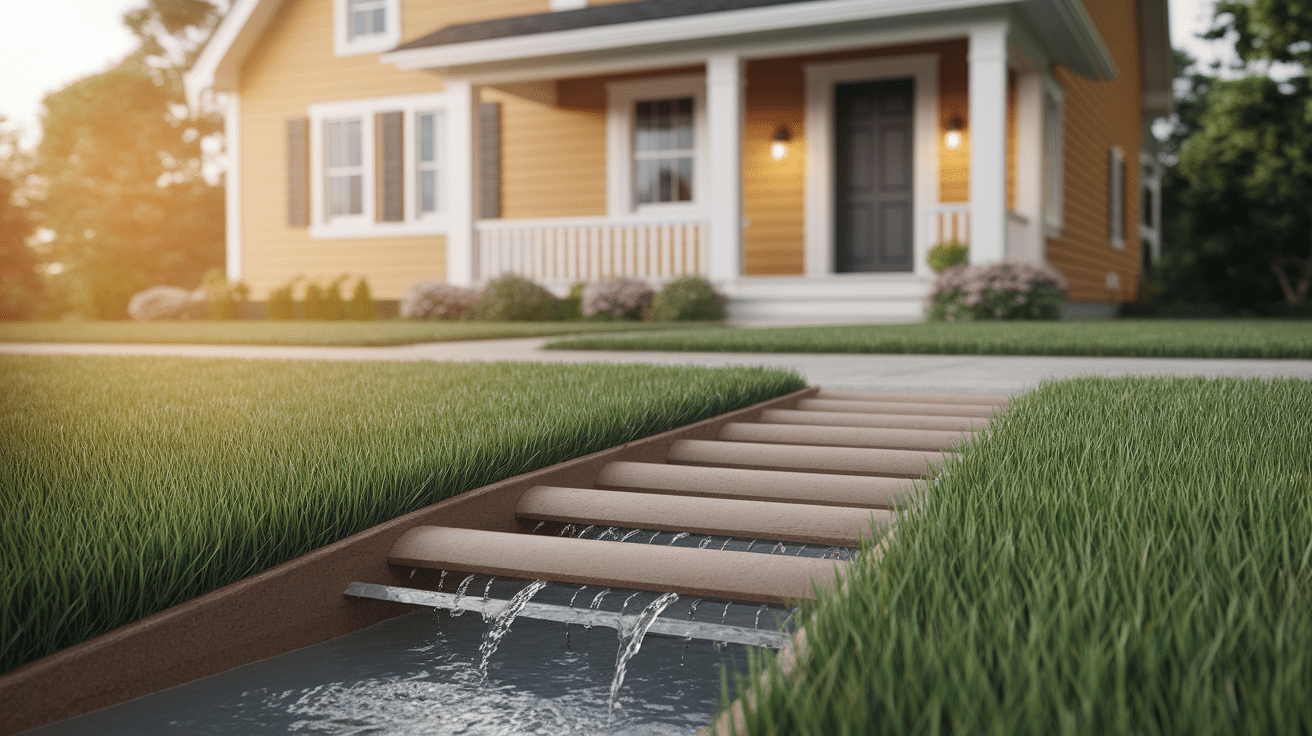
- What They Are: A French drain is a trench filled with gravel and a perforated pipe. This setup helps redirect water away from the foundation.
- Installation Tips: For the best results, make sure the trench has a 1% slope. This ensures that water will flow properly and won’t pool in the trench.
- Maintenance: Check the French drain regularly to make sure it’s clear of debris. A blocked French drain won’t be effective at moving water, so routine maintenance is key to keeping it working properly.
Method 3: Dry Wells

- Function: A dry well is an underground structure that collects and slowly releases water. It’s an ideal way to prevent water from pooling around your foundation.
- Installation: To set up a dry well, dig a hole, fill it with gravel, and place a perforated container in the center. This allows water to seep into the ground without causing damage.
- Benefits: Dry wells are a great way to manage excess water, especially in areas where you can’t add a drain. They keep water away from the foundation and help prevent flooding.
Method 4: Rain Gardens
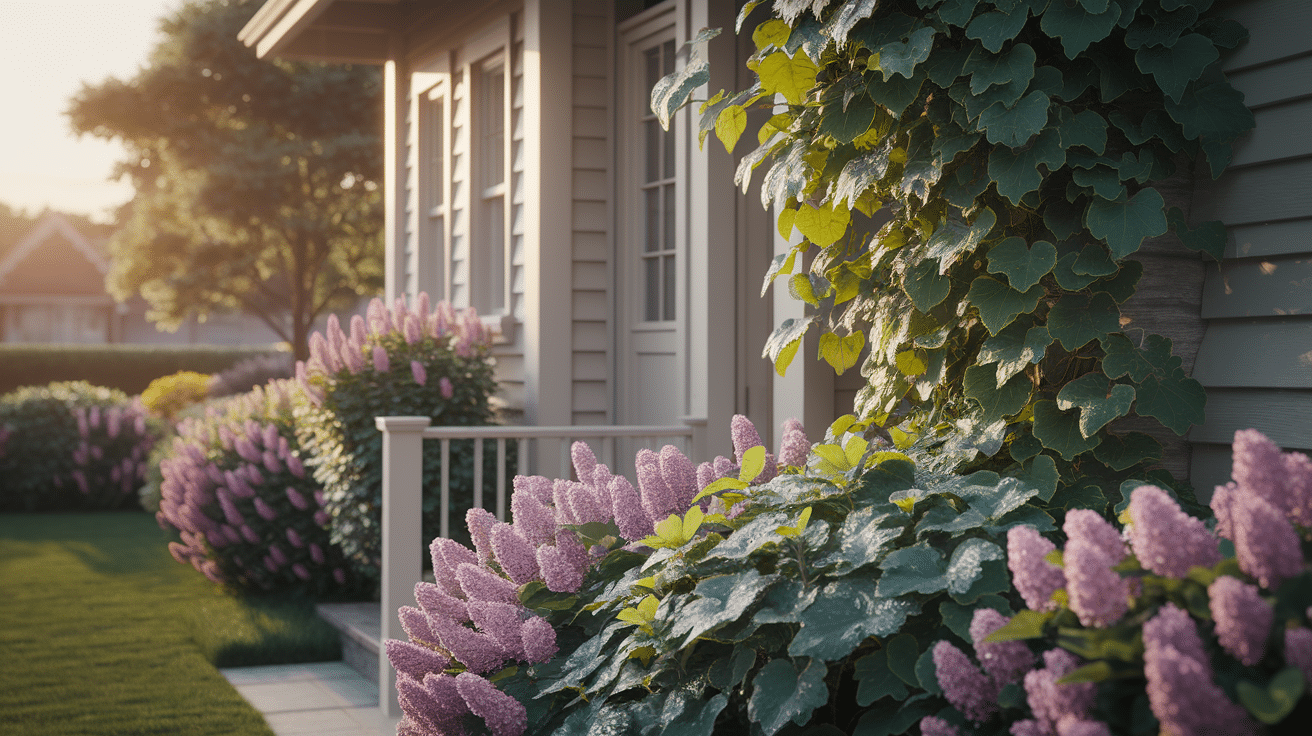
- Design: A rain garden is a shallow depression in the ground that’s filled with water-loving plants. It’s designed to absorb runoff water, helping to prevent it from reaching the foundation.
- Placement: Position your rain garden about 10–15 feet from your foundation to catch water before it reaches your home.
- Advantages: Not only does a rain garden help manage water, but it also enhances the look of your landscape with beautiful, native plants that thrive in wet conditions.
Method 5: Landscaping Adjustments
- Grading: Ensure your yard slopes away from the foundation. This will help direct water away from your home instead of allowing it to pool around the foundation.
- Material Choices: Use permeable materials, like gravel or crushed stone, for areas around your home. These materials allow water to pass through, reducing runoff and helping the ground absorb more water.
- Vegetation: Plant water-absorbing plants in areas where water tends to gather. This can help reduce the amount of water pooling around your foundation and improve the overall drainage of your yard.
Preventing Future Water Issues Around Your Foundation
To prevent water problems from recurring, it’s crucial to stay on top of regular maintenance and be prepared for the changing seasons.
Here’s how to do it:
| Category | Explanation |
|---|---|
| Regular Maintenance | Clean gutters and inspect drainage systems annually to ensure everything is clear and working properly. |
| Seasonal Preparations | Before the rainy or monsoon season, check that all systems (downspouts, drains) are functioning correctly. |
| Monitor Changes | Keep an eye on any new signs of water accumulation or foundation shifts, as they could indicate emerging problems. |
Tips to Handle Water Problems with DIY Solutions
You don’t need to hire a professional to keep water away from your foundation. With a few simple tools and regular checks, you can manage water flow around your home.
Splash blocks and downspout extenders can redirect water and prevent erosion.
Regularly check gutters and downspouts for debris, as blockages can cause overflow and pooling around your foundation. Make sure your drainage system is clear and water flows freely.
For a budget-friendly solution, consider adding gravel barriers or swales to redirect water away from your home.
The Bottom Line
Ready to keep your home safe from water damage? Diverting water away from your foundation is one of the simplest and best ways to protect your house.
A few easy tasks, like cleaning your gutters and checking your drainage, can help prevent expensive repairs later.
Don’t wait for problems to pop up. Why not take a few minutes to look over your property now?
It’s easier than you think, and it could save you a lot of trouble later on. Take charge and make sure your foundation stays dry and strong!


